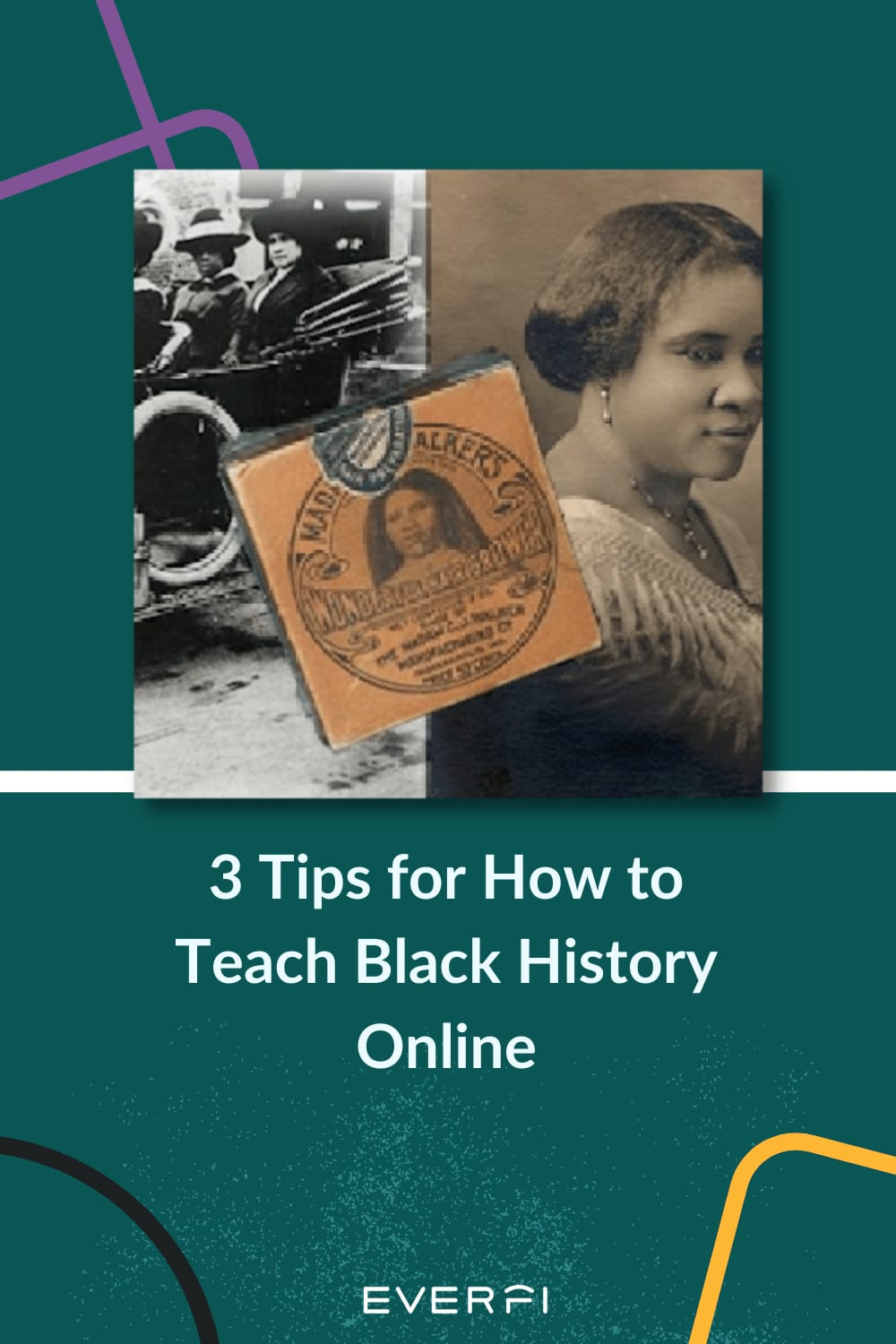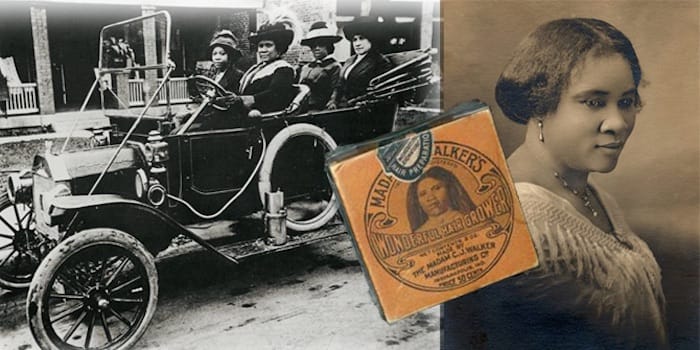There is a strong call to help students not only learn about American Black history, but also better understand racial equity and injustice in the United States. It can be daunting to craft an equitable and accessible curriculum that explores centuries of injustices through the lens of diversity, equity, and inclusion (DEI). Here are three tips on how to teach black history in 8th to 12th grade classrooms and help students develop a deeper understanding of American history.
1. Vet the Content in Your Black History Curriculum
How many times have you scrolled Facebook or Instagram and seen something re-shared on your timeline that you know is inaccurate? It’s incredibly common. A study from MIT revealed that misinformation traveled 6 times faster than accurate information. With how fast news spreads today, it is so important to vet Black history lesson plans and content you are using with your students AND teach your students how to analyze what is truthful information vs. what is not.
2. Multimedia is Possible
Youtube, Instagram, gifs, Tik-Tok, Google Chat, games, you name it — students know about it. With all of these new avenues to connect and learn more, students no longer have to learn about Black history through dry textbooks! Instead, they can watch, listen, and learn through engaging, interactive online formats. Leveraging a variety of media platforms to teach Black history in school is one way to really emphasize to students that a lot of what we see in history books didn’t happen hundreds of years ago, it happened when their grandparents and great-grandparents were alive. Multimedia gives them the opportunity to explore digital activism avenues and dive deeper into topics after they are covered in class.
3. Embrace the Anonymity of Online Activities
One of the biggest critiques of online activities is the anonymity of it; the ability to hide behind a screen. While generally, this can be a negative thing, use it to your advantage while teaching Black history to get a baseline of understanding from your students. As part of your Black history curriculum, provide an anonymous online survey that measures their understanding of basic concepts around identity, privilege, and oppression. In addition, ask them what THEY would like to learn about Black history. It could be a specific event they’ve heard about or diving deeper into a topic that has been covered in the past. Empower high school and middle school students to take control of their own Black history education.

_________________________________________

Caitlin Gayles is the former Manager of DEI Programs at EVERFI. Equity and inclusion is the common thread throughout Caitlin’s career. Prior to EVERFI, Caitlin was a manager at the U.S. Chamber of Commerce’s Institute for Organization Management where she worked with subject matter experts to develop a course on the impact of DEI in the business world. Caitlin graduated from The George Washington University with a Master’s Degree in Education and Human Development and from Christopher Newport University with a degree in Communication Studies. Regardless of the space, Caitlin believes in advancing equity and access and creating inclusive spaces for all.

